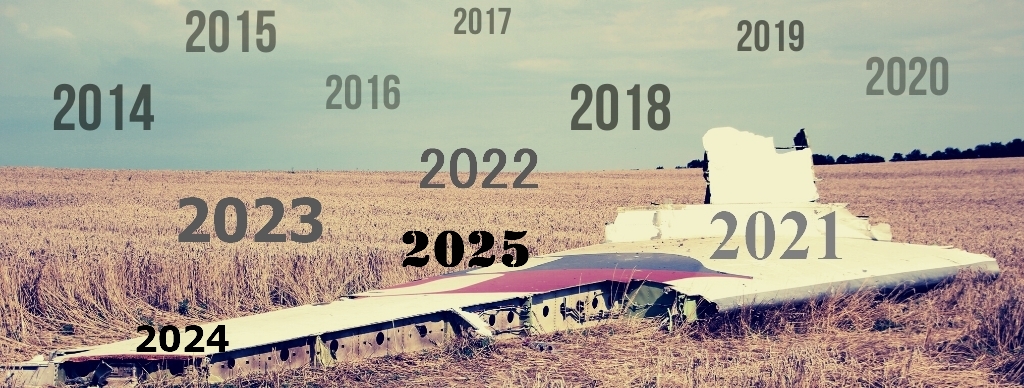Стр.86
The reasons for restricting their airspace, reported by | Another set of facts from the public information is |
98 Responsible authorities are defined in detail in Section 7.2.
99 The JIT, comprised of representatives from the Netherlands, Australia, Malayasia, Belgium and Ukraine, is conducting a criminal investigation into
the crash.
100 https://www.prosecutionservice.nl/topic … -24-5-2018
101 Responsible authorities are defined in detail in Section 7.2
